-
 Bitcoin
Bitcoin $115000
0.12% -
 Ethereum
Ethereum $3701
4.50% -
 XRP
XRP $3.081
2.99% -
 Tether USDt
Tether USDt $0.0000
-0.01% -
 BNB
BNB $767.9
1.45% -
 Solana
Solana $169.5
3.13% -
 USDC
USDC $0.9999
0.01% -
 Dogecoin
Dogecoin $0.2106
4.30% -
 TRON
TRON $0.3334
1.62% -
 Cardano
Cardano $0.7564
2.54% -
 Stellar
Stellar $0.4165
0.76% -
 Hyperliquid
Hyperliquid $38.75
0.25% -
 Sui
Sui $3.593
3.00% -
 Chainlink
Chainlink $17.08
3.59% -
 Bitcoin Cash
Bitcoin Cash $573.6
4.35% -
 Hedera
Hedera $0.2508
-0.84% -
 Avalanche
Avalanche $23.07
6.46% -
 Ethena USDe
Ethena USDe $1.001
-0.02% -
 Litecoin
Litecoin $120.8
8.17% -
 UNUS SED LEO
UNUS SED LEO $8.943
-0.32% -
 Toncoin
Toncoin $3.400
-5.60% -
 Shiba Inu
Shiba Inu $0.00001255
1.54% -
 Uniswap
Uniswap $9.908
6.32% -
 Polkadot
Polkadot $3.718
2.10% -
 Monero
Monero $303.0
-0.74% -
 Dai
Dai $0.9999
-0.02% -
 Bitget Token
Bitget Token $4.392
0.91% -
 Cronos
Cronos $0.1403
6.31% -
 Pepe
Pepe $0.00001076
1.13% -
 Aave
Aave $267.2
1.80%
How to identify the EMV divergence phenomenon? Will it reverse after diverging from the price?
EMV divergence, a key indicator for traders, signals potential price reversals when it diverges from price, but confirmation with other indicators is crucial.
Jun 05, 2025 at 10:56 pm
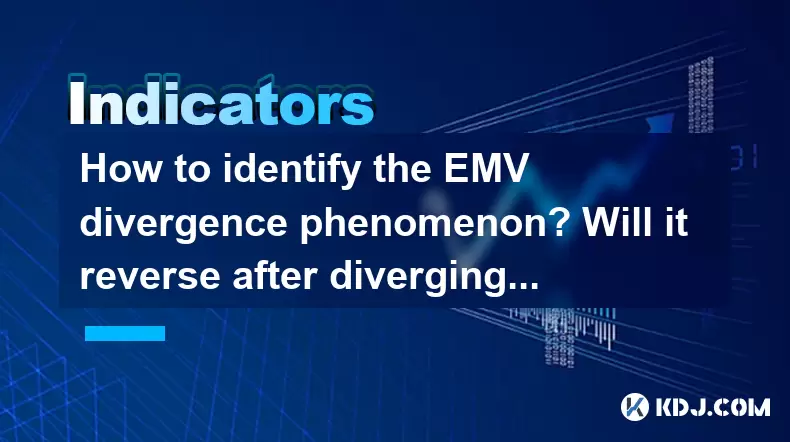
Understanding the EMV Divergence Phenomenon
The Ease of Movement Value (EMV) is a technical indicator used by traders to assess the relationship between price changes and volume. When the EMV diverges from the price, it suggests a potential shift in market momentum. This phenomenon, known as EMV divergence, can provide valuable insights into future price movements. In this article, we will explore how to identify EMV divergence and whether it typically reverses after diverging from the price.
What is the Ease of Movement Value (EMV)?
The Ease of Movement Value (EMV) is calculated to measure the ease with which prices move up or down. The formula involves the relationship between price change and volume, and it is typically represented as a line on a chart. The EMV can help traders identify periods where prices are moving with relative ease or difficulty, which can signal potential trends or reversals.
Identifying EMV Divergence
EMV divergence occurs when the direction of the EMV line does not match the direction of the price movement. There are two types of EMV divergence: bullish divergence and bearish divergence.
- Bullish Divergence: This occurs when the price is making lower lows, but the EMV is making higher lows. It suggests that the downward price momentum is weakening, and a potential bullish reversal may be on the horizon.
- Bearish Divergence: This occurs when the price is making higher highs, but the EMV is making lower highs. It indicates that the upward price momentum is weakening, and a potential bearish reversal may be approaching.
To identify EMV divergence, follow these steps:
- Plot the EMV on your chart: Ensure that the EMV indicator is visible on your trading platform.
- Observe the price movement: Identify significant highs and lows in the price action.
- Compare the EMV to the price: Look for instances where the EMV line is moving in the opposite direction of the price.
- Confirm the divergence: Ensure that the divergence is consistent over multiple periods to avoid false signals.
Examples of EMV Divergence in Cryptocurrency Markets
Let's look at a couple of examples to illustrate how EMV divergence can be identified in the cryptocurrency market.
- Bitcoin (BTC) Example: Suppose Bitcoin's price is steadily declining, forming lower lows. However, the EMV line is showing higher lows during the same period. This bullish divergence suggests that the selling pressure is weakening, and a potential price reversal may occur.
- Ethereum (ETH) Example: Imagine Ethereum's price is rising, making higher highs. Meanwhile, the EMV line is showing lower highs. This bearish divergence indicates that the buying pressure is diminishing, and a potential price reversal to the downside may be imminent.
Does EMV Divergence Reverse After Diverging from the Price?
The question of whether EMV divergence will reverse after diverging from the price is not straightforward. While divergence can often signal a potential reversal, it does not guarantee one. Several factors can influence whether a divergence leads to a reversal:
- Market Sentiment: Strong bullish or bearish sentiment can override the signals provided by the EMV.
- Volume: Significant changes in trading volume can affect the validity of the EMV divergence.
- Other Indicators: Confirmation from other technical indicators, such as the Relative Strength Index (RSI) or Moving Average Convergence Divergence (MACD), can increase the likelihood of a reversal.
In practice, traders often look for additional confirmation before acting on an EMV divergence. Here are some steps to assess whether a divergence might lead to a reversal:
- Monitor the EMV and Price: Continue to observe the EMV and price movements to see if the divergence persists.
- Check Volume: Look for changes in trading volume that may support or contradict the divergence.
- Use Additional Indicators: Confirm the divergence with other technical indicators to increase the probability of a reversal.
- Set Stop-Loss Orders: Implement stop-loss orders to manage risk if the anticipated reversal does not occur.
Practical Application of EMV Divergence in Trading
Traders can use EMV divergence as part of their trading strategy to identify potential entry and exit points. Here's how to apply EMV divergence in a trading context:
- Entry Points: When a bullish divergence is identified, traders might consider entering a long position, anticipating a price reversal to the upside. Conversely, a bearish divergence could signal an opportunity to enter a short position, expecting a price reversal to the downside.
- Exit Points: If a trader is already in a position, identifying an EMV divergence can help determine when to exit the trade. For example, a bullish divergence in a downtrend might prompt a trader to close a short position, while a bearish divergence in an uptrend could signal the time to close a long position.
Using EMV Divergence with Other Indicators
To enhance the effectiveness of EMV divergence, traders often combine it with other technical indicators. Here are some common combinations:
- EMV and RSI: The Relative Strength Index (RSI) can confirm overbought or oversold conditions that align with EMV divergence. For instance, a bullish EMV divergence accompanied by an RSI moving out of oversold territory can strengthen the case for a potential reversal.
- EMV and MACD: The Moving Average Convergence Divergence (MACD) can provide additional momentum signals. A bearish EMV divergence supported by a bearish MACD crossover can increase the confidence in a potential downward reversal.
- EMV and Volume: Monitoring volume alongside EMV divergence can help validate the strength of the divergence. A bullish EMV divergence with increasing volume can be a more reliable signal than one with declining volume.
Frequently Asked Questions
Q: Can EMV divergence be used for all types of cryptocurrencies?
A: Yes, EMV divergence can be applied to all types of cryptocurrencies, as it is a technical indicator based on price and volume data. However, the effectiveness of EMV divergence may vary depending on the liquidity and volatility of the specific cryptocurrency.
Q: How often should I check for EMV divergence?
A: The frequency of checking for EMV divergence depends on your trading style. Day traders might check for divergence multiple times throughout the day, while swing traders might check daily or weekly charts. It's important to align the frequency with your trading timeframe and strategy.
Q: Is EMV divergence more reliable in certain market conditions?
A: EMV divergence can be more reliable in trending markets, where clear price movements and volume patterns are more evident. In choppy or sideways markets, the signals from EMV divergence might be less reliable due to the lack of clear trends.
Q: Can EMV divergence be used in conjunction with fundamental analysis?
A: While EMV divergence is a technical indicator, it can be used alongside fundamental analysis. Fundamental factors, such as news events or changes in project development, can influence the likelihood of a divergence leading to a reversal. Combining both types of analysis can provide a more comprehensive view of potential price movements.
Disclaimer:info@kdj.com
The information provided is not trading advice. kdj.com does not assume any responsibility for any investments made based on the information provided in this article. Cryptocurrencies are highly volatile and it is highly recommended that you invest with caution after thorough research!
If you believe that the content used on this website infringes your copyright, please contact us immediately (info@kdj.com) and we will delete it promptly.
- Velo Universe, DEX, and DeFi Security: Navigating the Future of Decentralized Trading
- 2025-08-05 09:25:13
- Bitget Wallet Revolutionizes Solana with Gas-Free Transactions: A New Era for DeFi
- 2025-08-05 09:25:13
- Ozak AI, Crypto Boom, and ROI Potential: Is This the Next Big Thing?
- 2025-08-05 09:25:24
- Solana's ETF Hopes & the All-Time High Chase: Is SOL Set to Soar?
- 2025-08-05 09:25:24
- Coinbase's Brian Armstrong and the Art of Focused Work: A Deep Dive
- 2025-08-05 09:25:30
- Uniswap Price Prediction: Bullish Reversal on the Horizon?
- 2025-08-05 09:25:30
Related knowledge
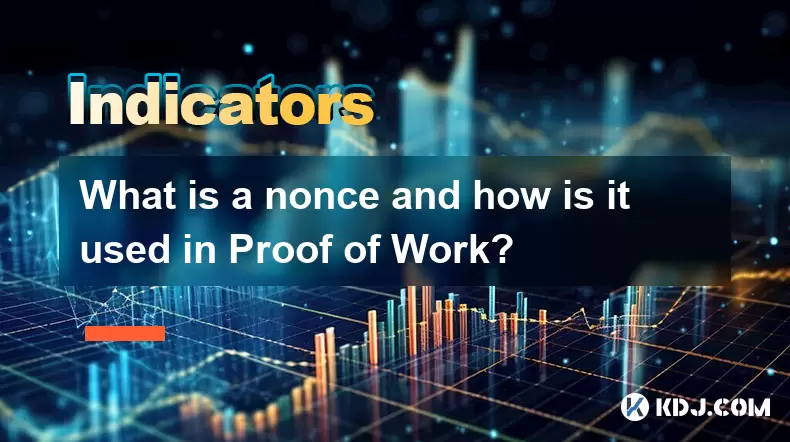
What is a nonce and how is it used in Proof of Work?
Aug 04,2025 at 11:50pm
Understanding the Concept of a Nonce in CryptographyA nonce is a number used only once in cryptographic communication. The term 'nonce' is derived fro...
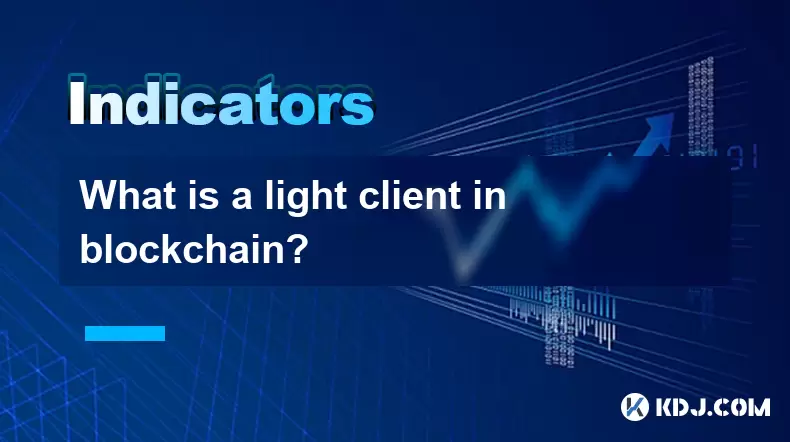
What is a light client in blockchain?
Aug 03,2025 at 10:21am
Understanding the Role of a Light Client in Blockchain NetworksA light client in blockchain refers to a type of node that interacts with the blockchai...
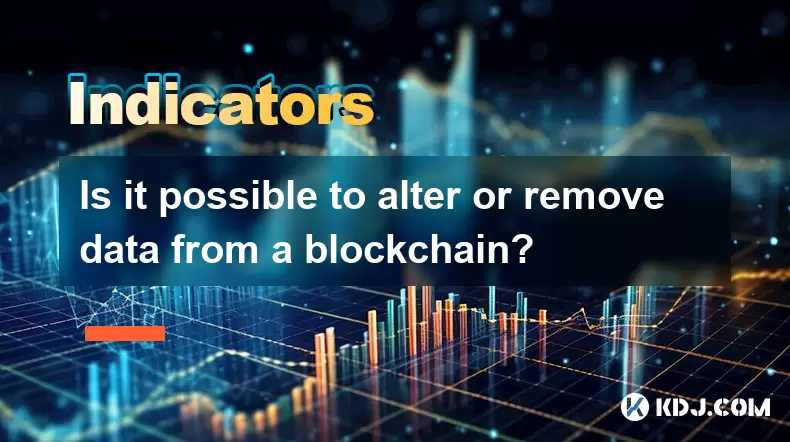
Is it possible to alter or remove data from a blockchain?
Aug 02,2025 at 03:42pm
Understanding the Immutable Nature of BlockchainBlockchain technology is fundamentally designed to ensure data integrity and transparency through its ...
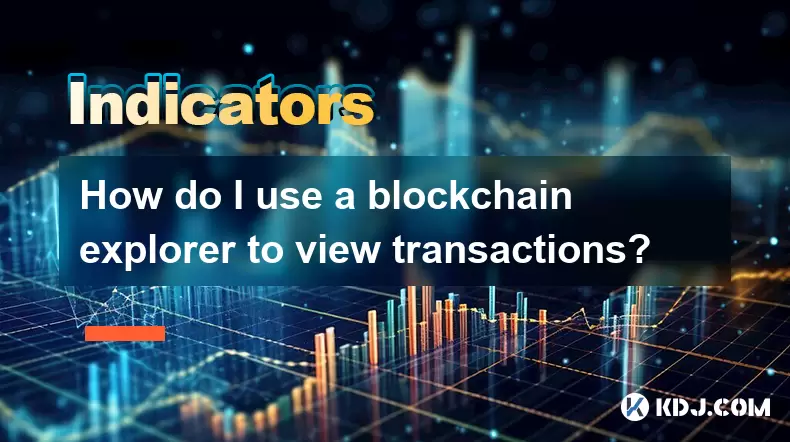
How do I use a blockchain explorer to view transactions?
Aug 02,2025 at 10:01pm
Understanding What a Blockchain Explorer IsA blockchain explorer is a web-based tool that allows users to view all transactions recorded on a blockcha...
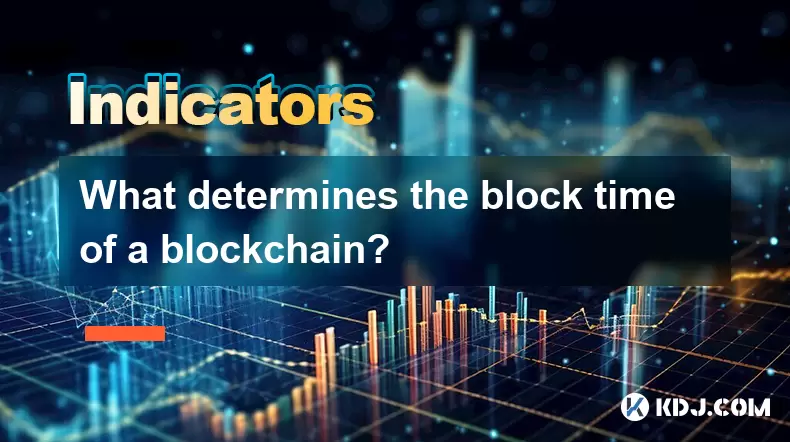
What determines the block time of a blockchain?
Aug 03,2025 at 07:01pm
Understanding Block Time in Blockchain NetworksBlock time refers to the average duration it takes for a new block to be added to a blockchain. This in...
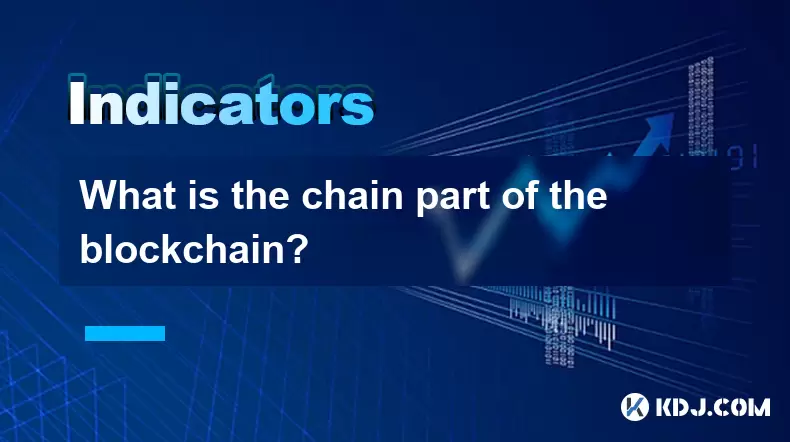
What is the chain part of the blockchain?
Aug 02,2025 at 09:29pm
Understanding the Concept of 'Chain' in BlockchainThe term 'chain' in blockchain refers to the sequential and immutable linkage of data blocks that fo...

What is a nonce and how is it used in Proof of Work?
Aug 04,2025 at 11:50pm
Understanding the Concept of a Nonce in CryptographyA nonce is a number used only once in cryptographic communication. The term 'nonce' is derived fro...

What is a light client in blockchain?
Aug 03,2025 at 10:21am
Understanding the Role of a Light Client in Blockchain NetworksA light client in blockchain refers to a type of node that interacts with the blockchai...

Is it possible to alter or remove data from a blockchain?
Aug 02,2025 at 03:42pm
Understanding the Immutable Nature of BlockchainBlockchain technology is fundamentally designed to ensure data integrity and transparency through its ...

How do I use a blockchain explorer to view transactions?
Aug 02,2025 at 10:01pm
Understanding What a Blockchain Explorer IsA blockchain explorer is a web-based tool that allows users to view all transactions recorded on a blockcha...

What determines the block time of a blockchain?
Aug 03,2025 at 07:01pm
Understanding Block Time in Blockchain NetworksBlock time refers to the average duration it takes for a new block to be added to a blockchain. This in...

What is the chain part of the blockchain?
Aug 02,2025 at 09:29pm
Understanding the Concept of 'Chain' in BlockchainThe term 'chain' in blockchain refers to the sequential and immutable linkage of data blocks that fo...
See all articles

























































































